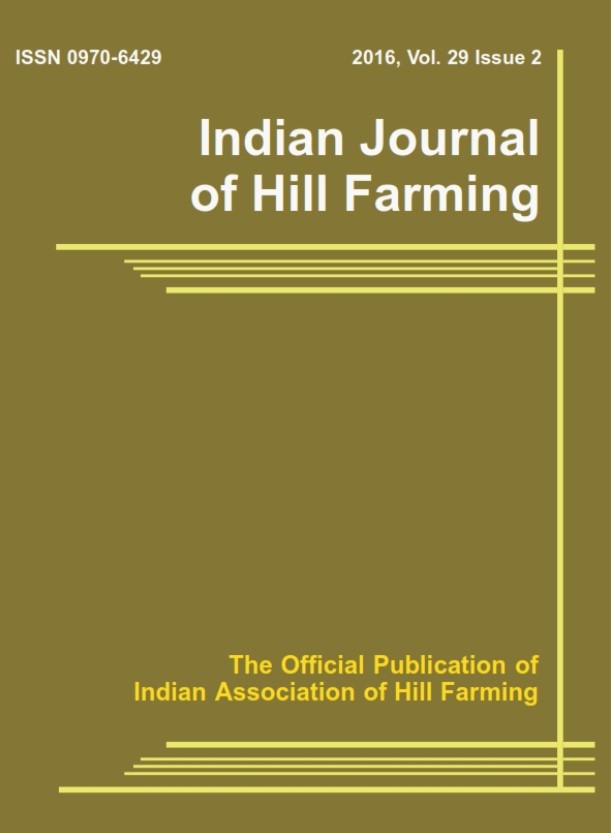Stress management with anti-transpirants and plant growth regulators - A Review
DOI:
https://doi.org/10.56678/Keywords:
Antitranspirants, Climate change, Transpiration, Abscisic acid.Abstract
In the current climate change era, horticultural crops are exposed to multiple abiotic stresses. Stresses caused by abiotic factors, such as drought, extreme temperatures, salinity, and nutrient deficiencies, are resulting in increased yield and quality losses. The subtropical region will experience droughts and temperature increases due to this phenomenon. Therefore, the horticultural sector is seeking innovative and sustainable agronomic tools in order to improve crop tolerance. Antitranspirant is a chemical compound that reduces the number and size of stomata on plant leaves, leading to a decrease in transpiration rates. Antitranspirants, which reduce transpiration, may increase food production by realizing a crop's potential yield during drought conditions. Based on their mode of action, they are categorized as film-forming, stomatal regulating and reflective compounds. In plants, plant growth regulators act at very low concentrations to control their growth and development as well as to control stress responses. They operate by activating signal transduction pathways that lead to gene, protein, and metabolite induction.Downloads
Published
2023-03-31
Issue
Section
Articles
License
Copyright (c) 2023 Susmita Das, Safina Kosser (Author)

This work is licensed under a Creative Commons Attribution-NonCommercial-NoDerivatives 4.0 International License.
How to Cite
Stress management with anti-transpirants and plant growth regulators - A Review. (2023). Indian Journal of Hill Farming, 36(02), 47-63. https://doi.org/10.56678/




